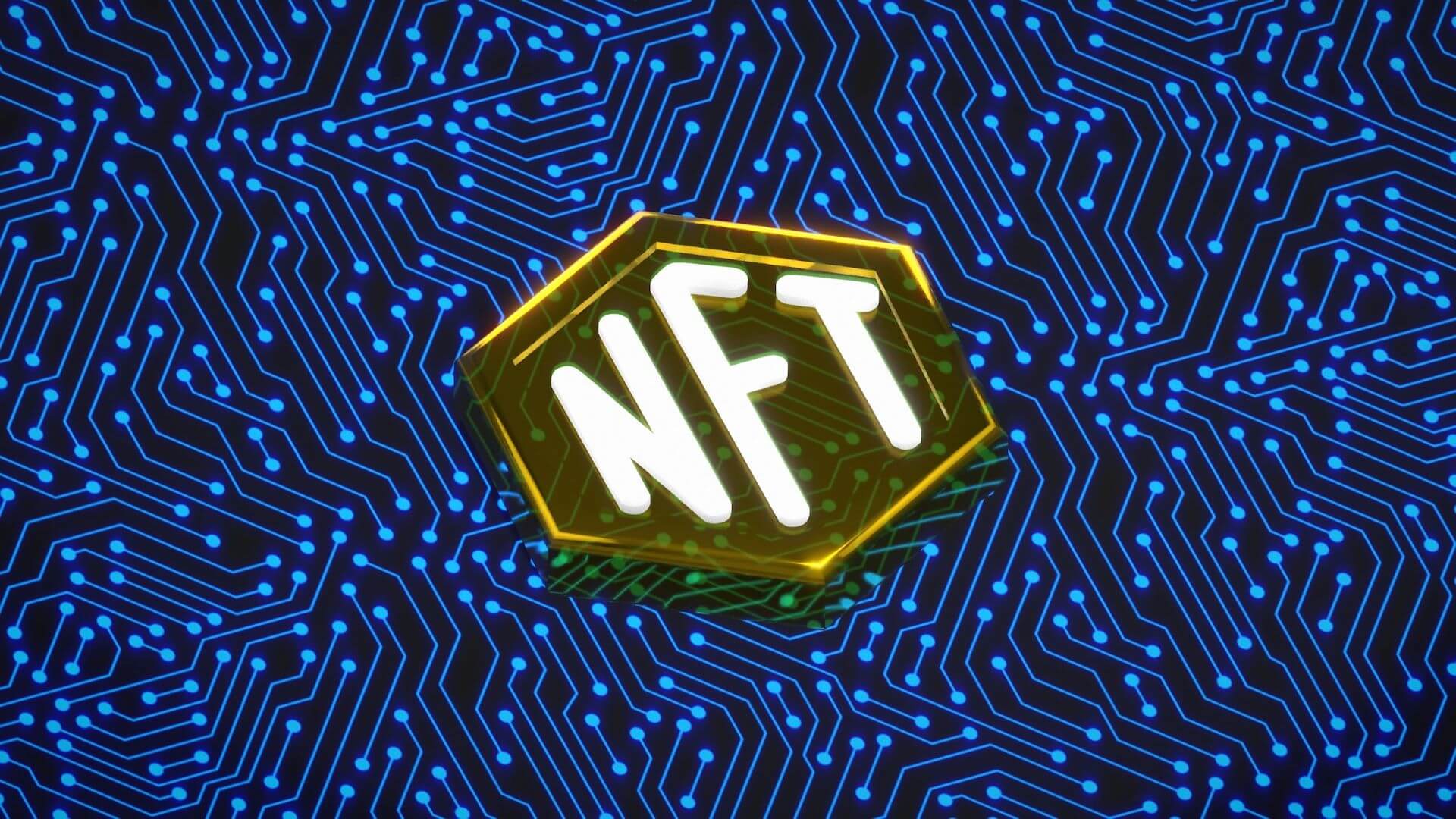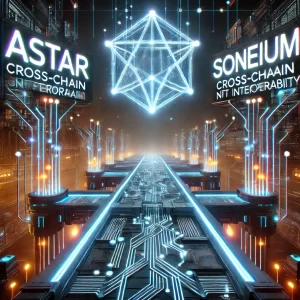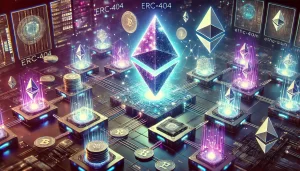As NFTs (Non-Fungible Tokens) continue their meteoric rise in popularity, the desire for interchain operability — the ability to move these digital assets across various blockchains — has become a focal point for enthusiasts and developers alike. But while the promise of transferring NFTs between, say, Ethereum and Binance Smart Chain sounds revolutionary, it isn’t without its caveats. Let’s delve into the potential risks of moving NFTs across different blockchains and how they might impact collectors, creators, and the broader digital ecosystem.

The Complexity of Interoperability
First, it’s essential to understand the underlying challenge. Different blockchains operate on distinct protocols, consensus mechanisms, and smart contract languages. Creating bridges that can seamlessly translate and migrate information between these diverse ecosystems is technically intricate.
Risks in Transit: When NFTs Cross Boundaries
- Smart Contract Vulnerabilities: Bridging involves minting and burning tokens on the respective chains. The smart contracts that facilitate this have their codebase, which, if not thoroughly audited, can become a hotspot for bugs and vulnerabilities. Exploitation of these vulnerabilities could lead to loss or theft of NFTs.
- Risk of Centralization: To simplify the process, some bridging solutions may rely on centralized or semi-centralized mechanisms, which could become single points of failure. Centralization can also reintroduce trust issues, which blockchains inherently aim to diminish.
- Inconsistencies in Metadata: NFTs are often more than just tokens; they come with metadata that describes the asset (e.g., artist details for digital art). During transfer, there’s a risk of this metadata becoming corrupted or not translating correctly to the new chain, potentially compromising the integrity or authenticity of the NFT.
Economic Implications
- Liquidity Concerns: Transferring an NFT to a new chain might mean moving it to a less liquid market. If there’s not a robust demand for that particular NFT on the target blockchain, it could impact its resale value.
- Fluctuating Gas Fees: Different blockchains have different transaction costs. Transferring an NFT might be economical on one chain but could become prohibitively expensive if it needs to be moved back, especially during network congestion.
User Experience and Usability Issues
- Complexity for End-Users: Not every NFT enthusiast is technically savvy. The process of transferring across chains — which might involve interacting with different wallets, bridges, and interfaces — could be daunting for many, increasing the chance of errors.
- Loss of Ancillary Features: Some NFTs come with added benefits — like access to certain platforms or experiences. Transferring them to a different chain could mean that these added utilities get left behind or become incompatible.
Fragmentation of the Ecosystem
- Diluted Provenance: One of the hallmarks of NFTs is their provenance — the ability to trace their origin and ownership history. Frequently moving NFTs across chains might obscure this lineage, making it harder for potential buyers to verify the asset’s history.
- Interchain Silos: Instead of creating a cohesive NFT ecosystem, poorly executed interchain operability might end up creating multiple fragmented markets, each with its own quirks, standards, and values.
Regulatory Grey Areas
Crossing chains might also mean crossing jurisdictions. Different blockchains might be governed by different legal frameworks, especially if they are hosted or managed in varying geographic regions. Transferring NFTs could inadvertently lead to legal complications, tax implications, or other regulatory challenges.
In Conclusion
The idea of interchain operability for NFTs is undoubtedly tantalizing. It promises a future where digital assets flow seamlessly across the vast blockchain landscape. However, as we stand on the precipice of this new frontier, it’s crucial to approach with caution. Understanding and mitigating the potential risks will not only protect individual collectors and creators but also ensure the robust, sustainable growth of the broader NFT ecosystem. As with all technological advances, the key is to balance innovation with prudence.









